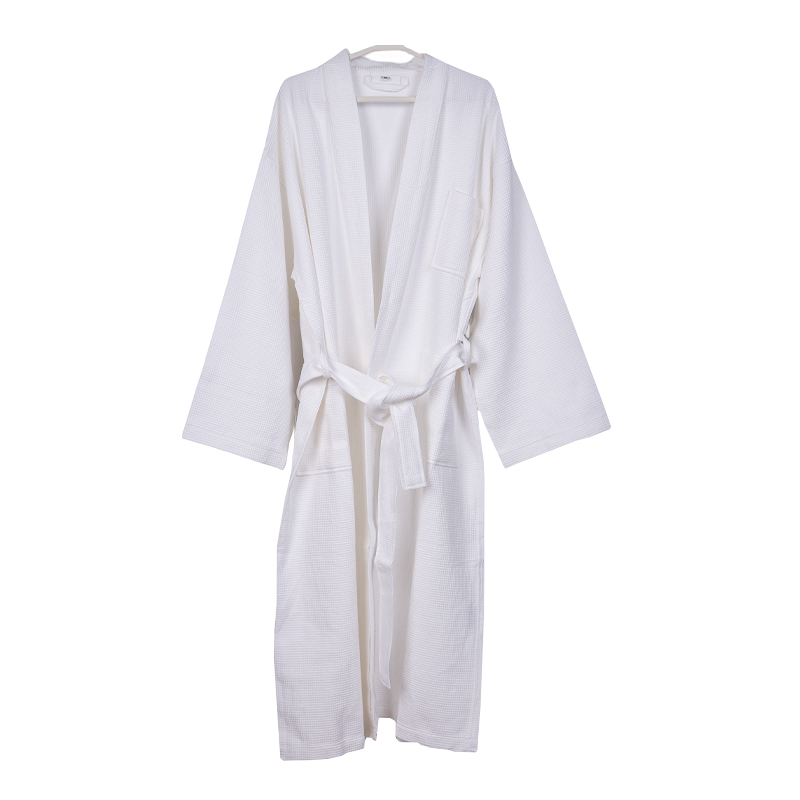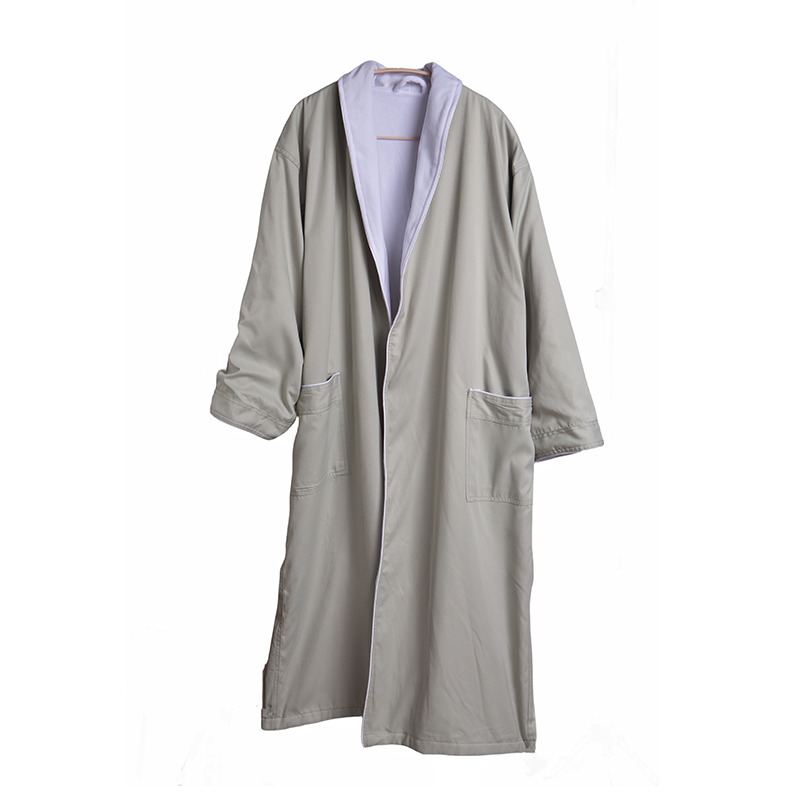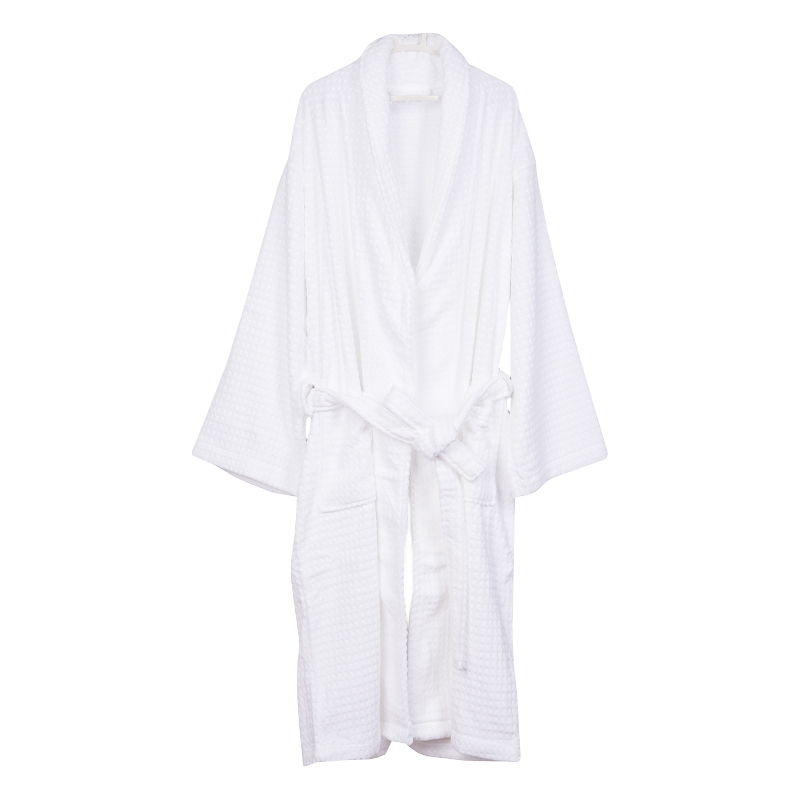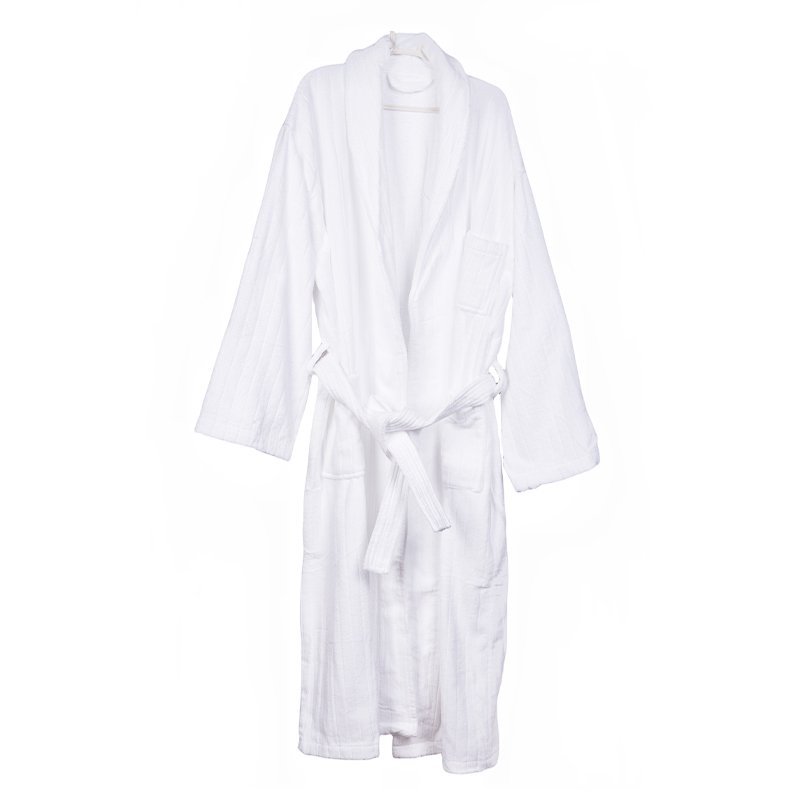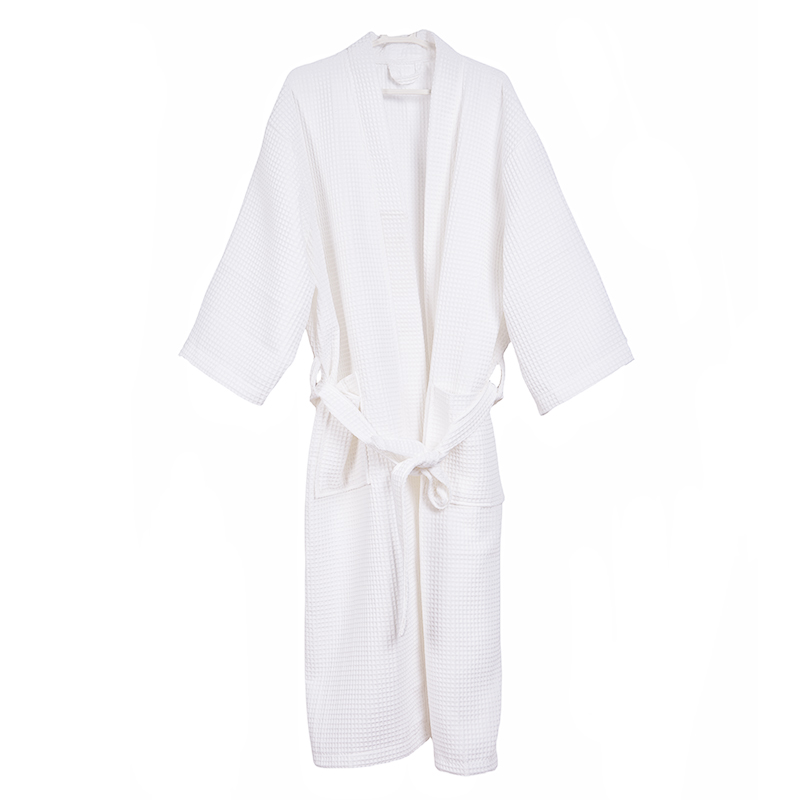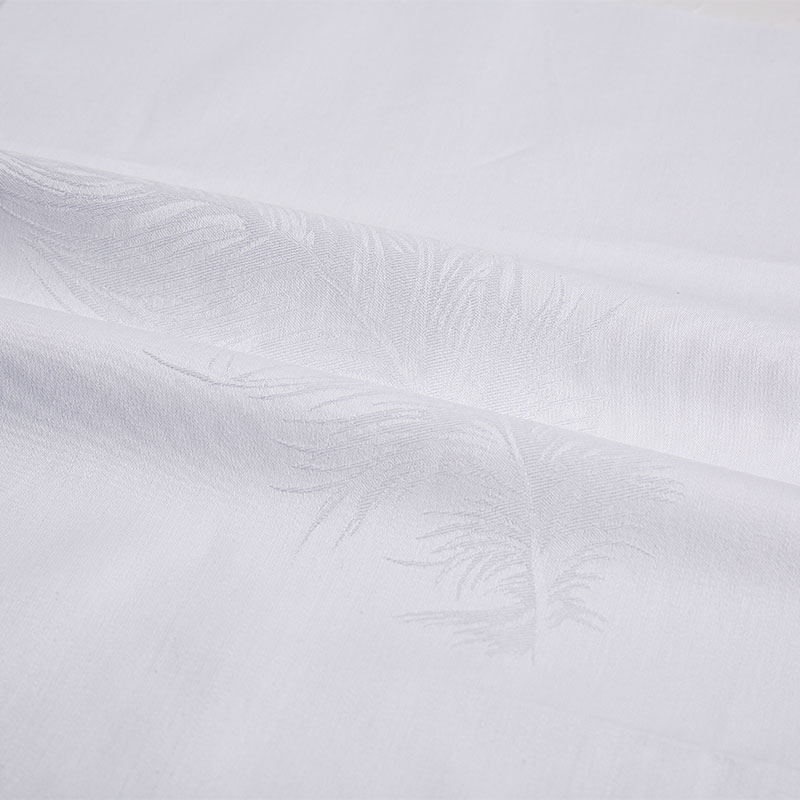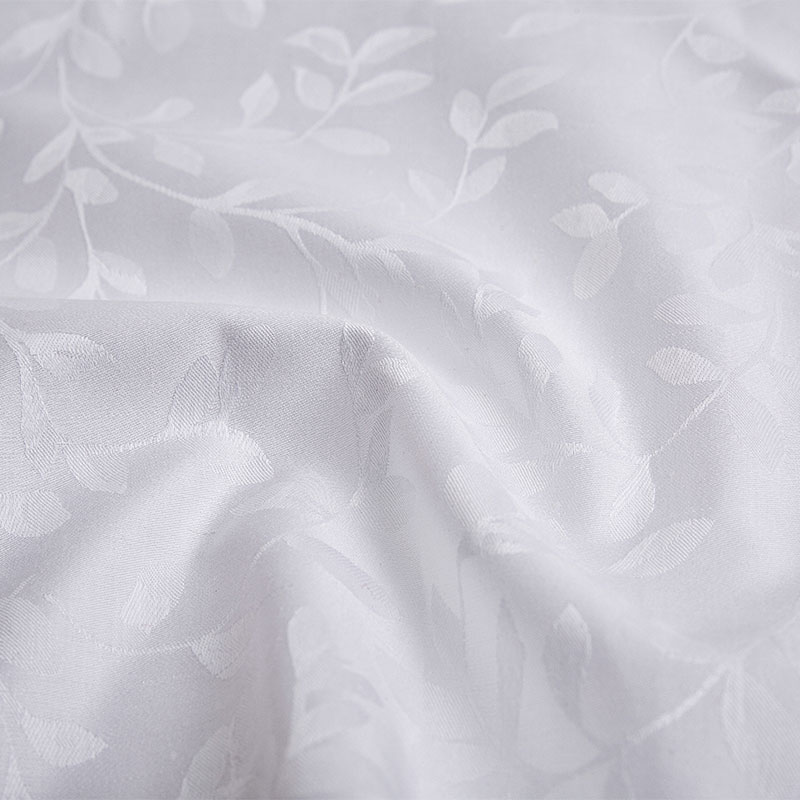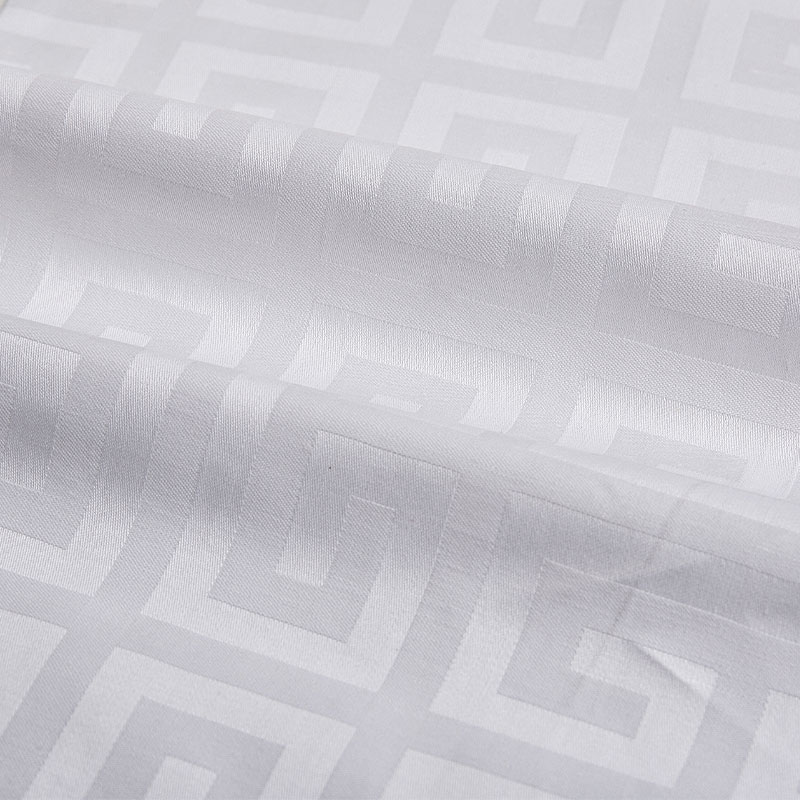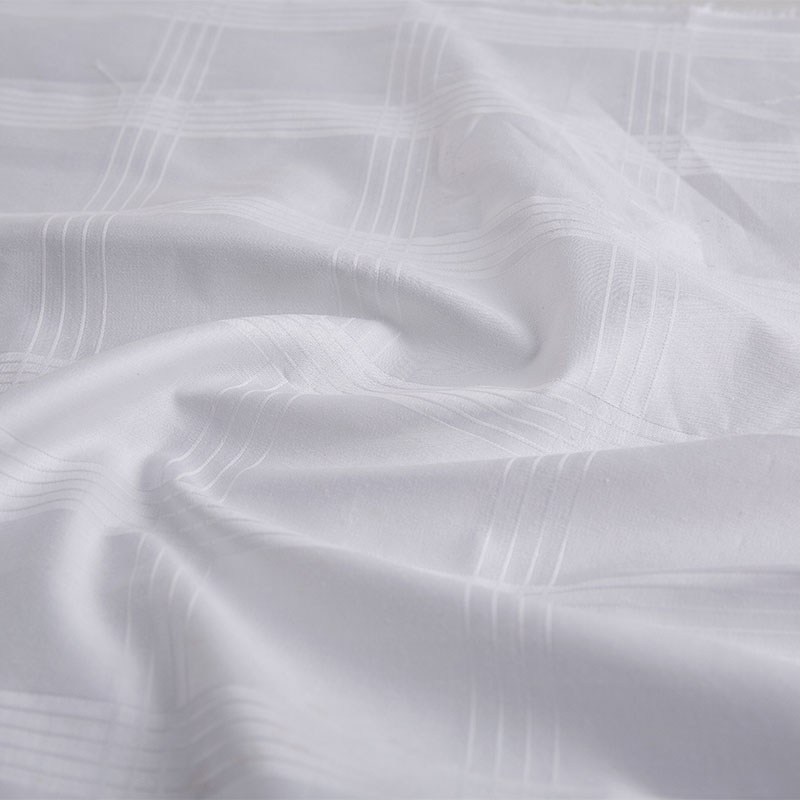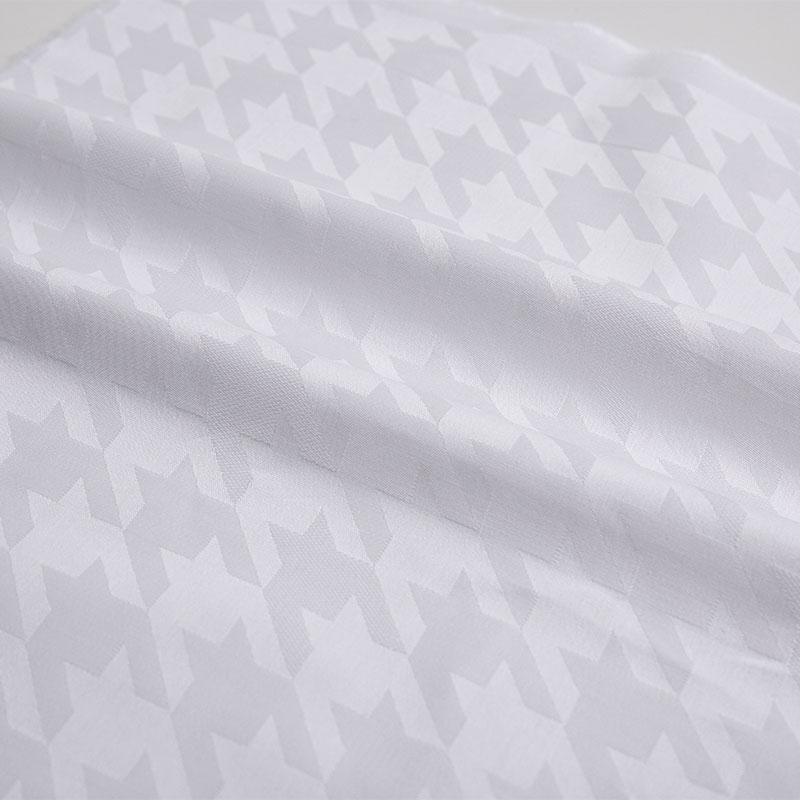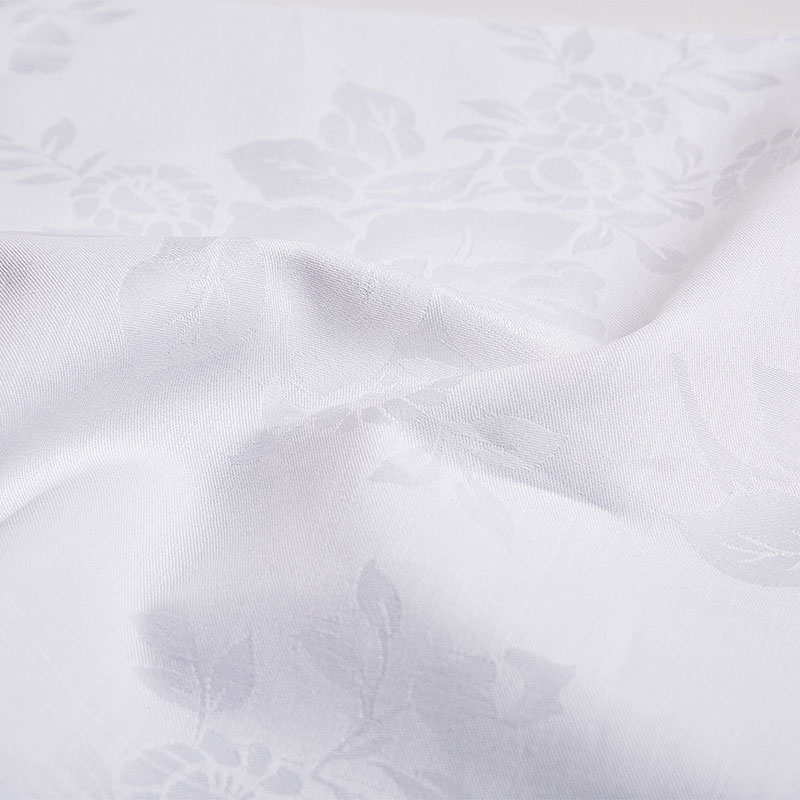Cleaning hotel pillows is a core part of hotel hygiene. It must be done in a comprehensive way, including thorough cleaning, effective disinfection, and extended service life. Before operation, be sure to confirm the pillow material, as the cleaning methods for different materials vary greatly.
Content
1. Core cleaning methods for different materials
(1) Down/feather pillows:
Can be machine washed or professionally dry cleaned. First, check the washing label to confirm.
Key points: Cold or warm water (≤30℃) must be used. Hot water is absolutely prohibited, otherwise it will cause the feather oil to dissolve, become hard and smelly. Use neutral detergent or special down detergent. Do not use softeners (which clog the fibers) or chlorine bleach (which corrodes the feathers). To protect the pillow, be sure to put it in a thick laundry bag and choose the gentle setting of the washing machine (dehydration speed ≤600 rpm). Rinse thoroughly several times after washing to ensure that there is no detergent residue.
(2) Polyester fiber (chemical fiber) pillows:
Most washable and suitable for machine washing.
Key points: It is also recommended to put it in a laundry bag for protection. Neutral or ordinary detergent can be used, and diluted disinfectant (such as Dettol) can be added in appropriate amounts. The water temperature can be slightly higher than that of down pillows (but it is still recommended to be ≤40℃). It can withstand gentle drying (low temperature), but high temperature drying will damage the fiber and shorten its life. Dehydration should also be gentle.
(3) Memory foam/latex pillows:
Absolutely do not machine wash or soak! Water washing will damage the structure, causing deformation, loss of support, and internal mold.
Cleaning method:
Vacuuming: Regularly use a mattress vacuum cleaner or a strong suction head to deeply remove dust, dandruff and mites.
Surface disinfection:
Ultraviolet light: For best results, irradiate both sides for more than 30 minutes each.
Alcohol spray: Use 75% medical alcohol to evenly spray the surface, let it stand for 10 minutes, and then dry it thoroughly in a ventilated place. Be careful of fire!
Deodorization: Sprinkle baking soda powder, let it stand for 24 hours, and then vacuum it thoroughly. Stain Treatment: Use a slightly damp clean white cloth with a small amount of foaming cleaner or a neutral detergent solution. Very gently pat the stain. Then, use another cloth dampened only with water to pat the stain to remove any residue. Finally, blot dry with a dry towel. Do not soak, rub, or scrub.
Drying: Dry flat in a well-ventilated, cool, and shady area. Never expose to direct sunlight (sunlight accelerates oxidation, hardening, and brittleness of latex/memory foam).
2. Detailed Machine Washing Instructions for Washable Pillows (Down/Synthetic)
Pre-Treatment of Stains:
Yellowish Sweat Stains: Spray a 1:1 mixture of white vinegar and baking soda onto the stain. Let it sit for 20 minutes, then gently brush it off.
Blood/Makeup Stains: Rinse immediately with cold water. Apply a light application of an enzyme-based detergent (such as Collar Cleaner) and let it sit for 15 minutes. Do not use hot water!
Installation and Protection: Place pillows (we recommend washing two at a time to balance the washing machine) in a thick laundry bag and secure the zipper. This significantly reduces the risk of fiber tearing and deformation.
Washing Settings:
Water Temperature: Down pillows ≤ 30°C, synthetic pillows ≤ 40°C.
Cycle: Select the "Gentle," "Hand Wash," or "Wool" setting. Set the spin speed to ≤ 600 rpm and the spin time to no more than 3 minutes.
Detergent: Use a neutral detergent. You may add one capful of diluted disinfectant (such as Dettol, diluted according to the product instructions). Avoid fabric softeners and chlorine bleaches.
Rinse Thoroughly: After the cycle, always rinse 1-2 additional times to ensure all detergent and disinfectant residue is completely removed. Residue can irritate the skin and breed bacteria.
Spin: Set to a gentle spin cycle.
3. Drying and Re-fluffing (Critical!)
Patting: Whether airing or drying, pat the pillow frequently and vigorously during the drying process (especially when it is partially dry) to help the filling regain its fluff and prevent clumping (this is especially important for down pillows). Airing: Drying in direct sunlight is preferred (except for memory foam/latex pillows). Sunlight is the strongest natural disinfectant and deodorizer. Leave the pillow in the air for at least six hours, turning it frequently. Patting it will help speed drying and fluff it up.
Tumble Drying (Optional for Synthetic Pillows): If using a dryer, always use the Delicate/Low Heat setting. Adding a few clean tennis balls or dryer wool balls will help pat the inside of the pillow, preventing clumping and accelerating fluffing. Down pillows require extreme caution when drying, using a low temperature and not for extended periods of time. Monitor closely to prevent overheating damage.
Drying Thoroughly: Ensure the pillow is completely dry (including the inside!) before using or storing it in a pillowcase. Moisture is a breeding ground for mold and mildew.

 EN
EN English
English русский
русский Español
Español عربى
عربى
 Online Message
Online Message


